|
Your search criteria found 1300 images Gallery: Universe |
| My List |
Addition Date | Target | Mission |
Instrument
|
Size |

|
2003-07-25 |
Galaxy Evolution Explorer (GALEX) |
GALEX Telescope |
1017x982x3 | |
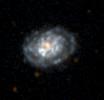
|
|||||

|
2003-12-10 |
Galaxy Evolution Explorer (GALEX) |
GALEX Telescope |
6200x6200x3 | |
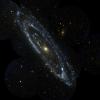
|
|||||

|
2003-12-10 |
Galaxy Evolution Explorer (GALEX) |
GALEX Telescope |
1501x1501x3 | |
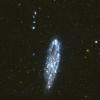
|
|||||

|
2003-12-10 |
Galaxy Evolution Explorer (GALEX) |
GALEX Telescope |
1755x790x3 | |
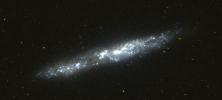
|
|||||

|
2003-12-10 |
Galaxy Evolution Explorer (GALEX) |
GALEX Telescope |
1500x1500x3 | |
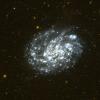
|
|||||

|
2003-12-10 |
Galaxy Evolution Explorer (GALEX) |
GALEX Telescope |
3840x3840x3 | |
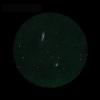
|
|||||

|
2003-12-11 |
Galaxy Evolution Explorer (GALEX) |
GALEX Telescope |
960x960x3 | |
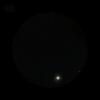
|
|||||

|
2004-05-24 |
Galaxy Evolution Explorer (GALEX) |
GALEX Telescope |
3840x3840x3 | |

|
|||||

|
2004-12-21 |
Galaxy Evolution Explorer (GALEX) |
GALEX Telescope |
1793x1194x3 | |
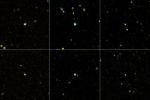
|
|||||

|
2004-12-22 |
Galaxy Evolution Explorer (GALEX) |
GALEX Telescope |
587x473x3 | |
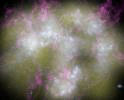
|
|||||

|
2004-12-21 |
Galaxy Evolution Explorer (GALEX) |
GALEX Telescope |
2496x1386x3 | |
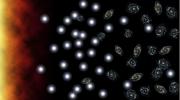
|
|||||

|
2005-05-05 | NGS 1097 |
Galaxy Evolution Explorer (GALEX) |
GALEX Telescope |
656x656x3 |
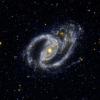
|
|||||

|
2005-05-05 | NGC 1365 |
Galaxy Evolution Explorer (GALEX) |
GALEX Telescope |
664x664x3 |
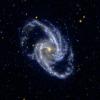
|
|||||

|
2005-05-05 | Helix Nebula |
Galaxy Evolution Explorer (GALEX) |
GALEX Telescope |
2448x1880x3 |
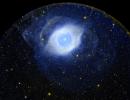
|
|||||

|
2005-05-05 | M83 |
Galaxy Evolution Explorer (GALEX) |
GALEX Telescope |
1245x1245x3 |
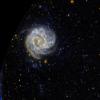
|
|||||

|
2005-05-05 | NGC 3344 |
Galaxy Evolution Explorer (GALEX) |
GALEX Telescope |
664x664x3 |
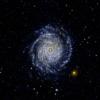
|
|||||

|
2005-05-05 | Stephan's Quintet,NGC 7331 |
Galaxy Evolution Explorer (GALEX) |
GALEX Telescope |
1692x1020x3 |
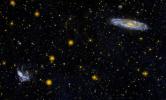
|
|||||

|
2005-05-05 | Virgo Galaxy Cluster |
Galaxy Evolution Explorer (GALEX) |
GALEX Telescope |
2274x2274x3 |
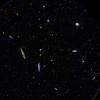
|
|||||

|
2005-05-05 | NGC 3190 |
Galaxy Evolution Explorer (GALEX) |
GALEX Telescope |
936x936x3 |
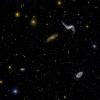
|
|||||

|
2005-05-05 | NGC 1851 |
Galaxy Evolution Explorer (GALEX) |
GALEX Telescope |
1008x1008x3 |
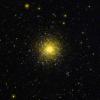
|
|||||

|
2005-05-05 | NGC 335 |
Galaxy Evolution Explorer (GALEX) |
GALEX Telescope |
1216x608x3 |
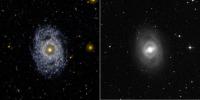
|
|||||

|
2005-05-05 | NGC 1291 |
Galaxy Evolution Explorer (GALEX) |
GALEX Telescope |
1412x706x3 |
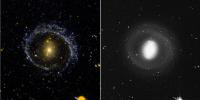
|
|||||

|
2005-05-05 | IC 1613 |
Galaxy Evolution Explorer (GALEX) |
GALEX Telescope |
2032x1016x3 |
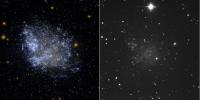
|
|||||

|
2005-05-05 | NGC 5128 |
Galaxy Evolution Explorer (GALEX) |
GALEX Telescope |
1279x1279x3 |
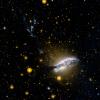
|
|||||

|
2005-05-31 | GJ 3685A |
Galaxy Evolution Explorer (GALEX) |
GALEX Telescope |
1280x960x3 |
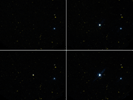
|
|||||

|
2005-05-31 |
Galaxy Evolution Explorer (GALEX) |
GALEX Telescope |
2154x2154x3 | |
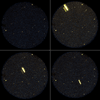
|
|||||

|
2005-05-31 |
Galaxy Evolution Explorer (GALEX) |
GALEX Telescope |
2154x2154x3 | |
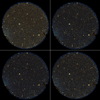
|
|||||

|
2005-10-13 | M33 |
Galaxy Evolution Explorer (GALEX) |
GALEX Telescope |
2904x2904x3 |
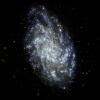
|
|||||

|
2006-01-09 |
Galaxy Evolution Explorer (GALEX) |
GALEX Telescope |
2264x2260x3 | |
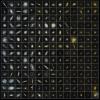
|
|||||

|
2006-07-28 |
Galaxy Evolution Explorer (GALEX) |
GALEX Telescope |
2574x858x3 | |
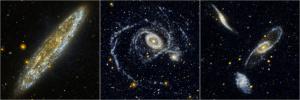
|
|||||

|
2007-05-01 |
Galaxy Evolution Explorer (GALEX) |
GALEX Telescope |
2250x2550x3 | |

|
|||||

|
2008-04-16 | Messier 83 |
Galaxy Evolution Explorer (GALEX) |
GALEX Telescope |
2852x2852x3 |
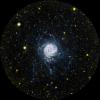
|
|||||

|
2013-06-28 |
Galaxy Evolution Explorer (GALEX) |
GALEX Telescope |
1500x1500x3 | |
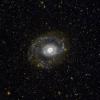
|
|||||

|
2013-06-28 |
Galaxy Evolution Explorer (GALEX) |
GALEX Telescope |
1650x1650x3 | |
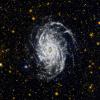
|
|||||

|
2013-06-28 |
Galaxy Evolution Explorer (GALEX) |
GALEX Telescope |
1500x1500x3 | |
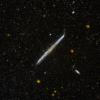
|
|||||

|
2007-06-01 | Messier 81 |
Galaxy Evolution Explorer (GALEX) Hubble Space Telescope Spitzer Space Telescope |
GALEX Telescope Infrared Array Camera (IRAC) Visible Light |
3180x2456x3 |

|
|||||

|
2016-01-05 |
Galaxy Evolution Explorer (GALEX) NuSTAR |
GALEX Telescope NuSTAR |
6289x3538x3 | |
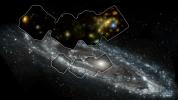
|
|||||

|
2017-03-23 |
Galaxy Evolution Explorer (GALEX) NuSTAR |
GALEX Telescope NuSTAR |
2048x1152x3 | |
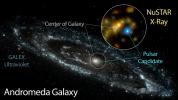
|
|||||

|
2008-04-16 | Messier 83 |
Galaxy Evolution Explorer (GALEX) |
GALEX Telescope Very Large Array (VLA) |
2852x2852x3 |
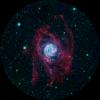
|
|||||

|
2013-10-31 |
Galaxy Evolution Explorer (GALEX) Wide-field Infrared Survey Explorer (WISE) |
GALEX Telescope WISE Telescope |
1302x818x3 | |
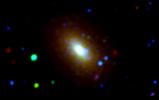
|
|||||

|
2014-03-07 |
Wide-field Infrared Survey Explorer (WISE) |
Gemini Observatory WISE Telescope |
2233x2236x3 | |
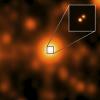
|
|||||

|
2012-03-08 |
Spitzer Space Telescope |
GLIMPSE MIPSGAL |
2799x1926x3 | |
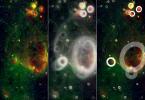
|
|||||

|
2010-04-14 |
Hale Telescope |
1024x768x3 | ||
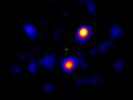
|
|||||

|
2013-05-09 |
Hale Telescope |
448x438x1 | ||
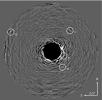
|
|||||

|
2012-11-28 |
Herschel Space Observatory |
Herschel Telescope |
1000x699x3 | |
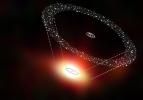
|
|||||

|
2013-03-19 |
Herschel Space Observatory |
Herschel Telescope |
3100x2260x3 | |
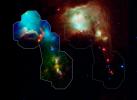
|
|||||

|
2012-02-29 |
Herschel Space Observatory Spitzer Space Telescope |
Herschel Telescope IRAC |
2800x2880x3 | |

|
|||||

|
2022-11-22 | Orion Nebula |
Herschel Space Observatory Spitzer Space Telescope Wide-field Infrared Survey Explorer (WISE) |
Herschel Telescope Spitzer Space Telescope WISE Telescope |
9036x7646x3 |
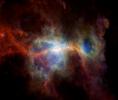
|
|||||

|
2011-08-01 |
Herschel Space Observatory Spitzer Space Telescope |
HIFI IRAC |
3000x2400x3 | |
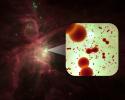
|
|||||

|
2011-08-01 |
Herschel Space Observatory Spitzer Space Telescope |
HIFI IRAC |
3000x2400x3 | |

|
|||||

|
2014-04-29 |
Herschel Space Observatory Hubble Space Telescope |
HIFI WFC3 |
1000x712x3 | |
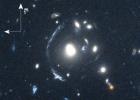
|
|||||

|
2010-03-17 |
Planck |
High Frequency Instrument |
1000x445x3 | |

|
|||||

|
2012-02-13 |
Planck |
High Frequency Instrument |
1113x835x3 | |
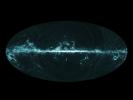
|
|||||

|
2009-06-04 | Mars |
Dawn |
High Resolution Stereo Camera |
3000x2896x1 |
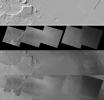
|
|||||

|
2014-01-07 |
Hubble Space Telescope |
Hubble Space Telescope |
1148x1280x3 | |

|
|||||

|
2014-01-07 |
Hubble Space Telescope |
Hubble Space Telescope |
1280x983x3 | |
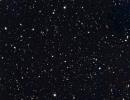
|
|||||

|
2014-04-02 | Helix Nebula |
Hubble Space Telescope |
Hubble Space Telescope |
16000x16000x3 |
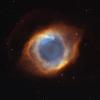
|
|||||

|
2014-04-14 |
Hubble Space Telescope |
Hubble Space Telescope |
1280x824x3 | |
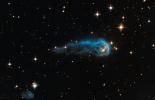
|
|||||

|
2017-05-25 |
Hubble Space Telescope |
Hubble Space Telescope |
1800x1200x3 | |
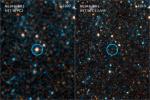
|
|||||

|
2017-01-07 | IC 3639 |
NuSTAR |
Hubble Space Telescope ESO |
1300x1300x3 |
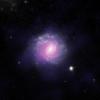
|
|||||

|
2016-01-06 |
Hubble Space Telescope Spitzer Space Telescope |
Hubble Space Telescope Spitzer Space Telescope |
3000x1291x1 | |
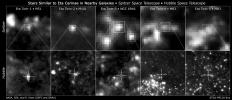
|
|||||

|
2021-08-04 |
Hubble Space Telescope Spitzer Space Telescope |
Hubble Space Telescope Spitzer Space Telescope |
1780x1001x3 | |
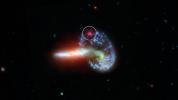
|
|||||

|
2011-12-21 |
Hubble Space Telescope Spitzer Space Telescope |
Hubble Space Telescope Spizter Space Telescope |
1200x998x3 | |
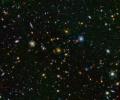
|
|||||

|
2000-02-11 | Masursky |
Cassini-Huygens |
ISS - Narrow Angle |
220x220x1 |
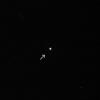
|
|||||

|
2002-07-23 | HD339457 |
Cassini-Huygens |
ISS - Narrow Angle |
505x101x1 |

|
|||||

|
2005-12-22 | Carina Nebula |
Cassini-Huygens |
ISS - Wide Angle |
1020x1020x1 |
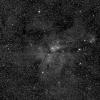
|
|||||

|
2006-09-06 | Pleiades |
Cassini-Huygens |
ISS - Wide Angle |
687x559x1 |
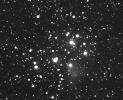
|
|||||

|
2009-04-30 | Pleiades |
Cassini-Huygens |
ISS - Wide Angle |
1014x1014x1 |
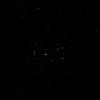
|
|||||

|
2005-04-26 | M11 |
Deep Impact |
Impactor Targeting Sensor (ITS) |
1000x1000x1 |
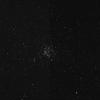
|
|||||

|
2003-09-03 |
Spitzer Space Telescope |
IRAC |
1600x2000x3 | |

|
|||||

|
2003-12-18 |
Spitzer Space Telescope |
IRAC |
1142x939x3 | |
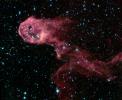
|
|||||

|
2003-12-18 |
Spitzer Space Telescope |
IRAC |
1364x1038x3 | |
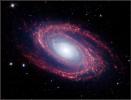
|
|||||

|
2003-12-18 |
Spitzer Space Telescope |
IRAC |
1020x643x3 | |
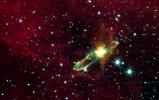
|
|||||

|
2004-01-13 | Tarantula Nebula |
Spitzer Space Telescope |
IRAC |
1384x908x3 |
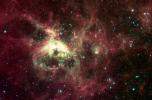
|
|||||

|
2004-02-12 | Cepheus |
Spitzer Space Telescope |
IRAC |
1103x1293x3 |

|
|||||

|
2004-04-13 |
Spitzer Space Telescope |
IRAC |
3652x1936x3 | |
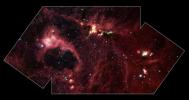
|
|||||

|
2004-04-13 |
Spitzer Space Telescope |
IRAC |
3652x1936x3 | |
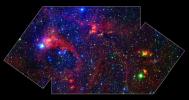
|
|||||

|
2004-05-11 |
Spitzer Space Telescope |
IRAC |
1530x776x3 | |

|
|||||

|
2004-05-11 |
Spitzer Space Telescope |
IRAC |
708x570x3 | |
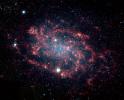
|
|||||

|
2004-05-27 | RCW 49 Nebula |
Spitzer Space Telescope |
IRAC |
1520x1520x3 |
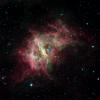
|
|||||

|
2004-06-01 | Centaurus A |
Spitzer Space Telescope |
IRAC |
1627x1227x3 |
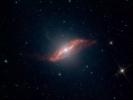
|
|||||

|
2004-06-28 | NGC 7331 |
Spitzer Space Telescope |
IRAC |
1239x805x3 |
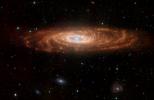
|
|||||

|
2004-08-09 | NGC 246 |
Spitzer Space Telescope |
IRAC |
1018x1018x3 |
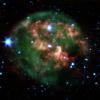
|
|||||

|
2004-09-07 |
Spitzer Space Telescope |
IRAC |
1125x1125x3 | |
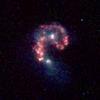
|
|||||

|
2004-09-07 |
Spitzer Space Telescope |
IRAC |
1125x1125x3 | |
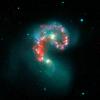
|
|||||

|
2004-10-06 |
Spitzer Space Telescope |
IRAC |
1090x1090x3 | |
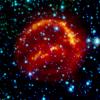
|
|||||

|
2004-10-12 |
Spitzer Space Telescope |
IRAC |
602x602x3 | |
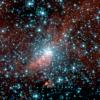
|
|||||

|
2004-10-18 |
Spitzer Space Telescope |
IRAC |
3000x2400x3 | |
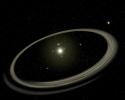
|
|||||

|
2005-02-08 | OTS 44 |
Spitzer Space Telescope |
IRAC |
2580x2010x3 |
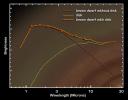
|
|||||

|
2005-02-11 | Ring Nebula |
Spitzer Space Telescope |
IRAC |
2104x1726x3 |
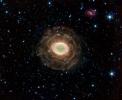
|
|||||

|
2005-04-18 | RCW 79 |
Spitzer Space Telescope |
IRAC |
2440x2440x3 |
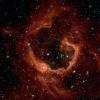
|
|||||

|
2005-05-30 | Carina Nebula |
Spitzer Space Telescope |
IRAC |
6614x5196x3 |
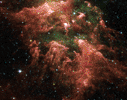
|
|||||

|
2005-06-10 | Cassiopeia A |
Spitzer Space Telescope |
IRAC |
2826x774x3 |

|
|||||

|
2005-06-10 | Cassiopeia A |
Spitzer Space Telescope |
IRAC |
2842x1622x3 |
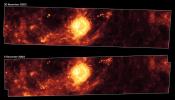
|
|||||

|
2005-10-27 |
Spitzer Space Telescope |
IRAC |
561x561x3 | |
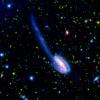
|
|||||

|
2005-10-28 |
Spitzer Space Telescope |
IRAC |
1600x1600x3 | |
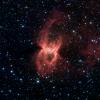
|
|||||

|
2005-11-09 |
Spitzer Space Telescope |
IRAC |
3426x2548x3 | |
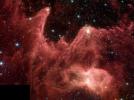
|
|||||

|
2005-11-15 | Perseus |
Spitzer Space Telescope |
IRAC |
1291x1663x3 |

|
|||||

|
2005-12-01 |
Spitzer Space Telescope |
IRAC |
848x711x3 | |
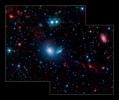
|
|||||

|
2005-12-13 | Milky Way |
Spitzer Space Telescope |
IRAC |
27000x6000x3 |

|
|||||

|
 |
 |
 |
 |
 |
 |
 |
 |
 |
 |

|
| 1-100 | 101-200 | 201-300 | 301-400 | 401-500 | 501-600 | 601-700 | 701-800 | 801-900 | 901-1000 |
| Currently displaying images: 601 - 700 of 1300 |